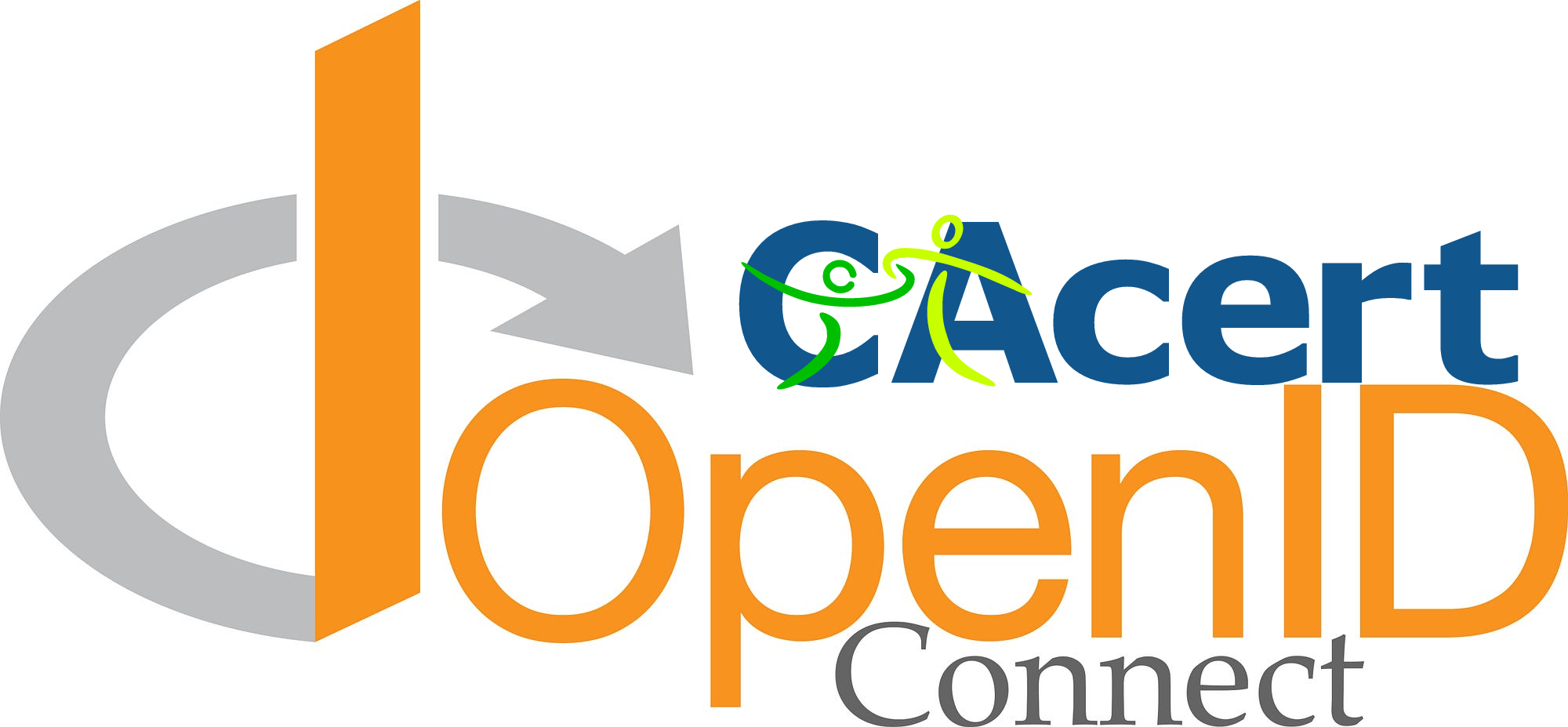català | česky | dansk | deutsch | english | español | زبان فارسی | français | italiano | nederlands | polski | português
CAcert's OpenID Connect
 OpenID Connect is a distributed identity framework on top of OAuth that not only allows safe authentication but also make it possible for the sites to move the distributed data in the internet and provide better services.
OpenID Connect is a distributed identity framework on top of OAuth that not only allows safe authentication but also make it possible for the sites to move the distributed data in the internet and provide better services.
What is the difference between OpenID Connect, OAuth 2.0 and Security Assertion Markup Language (SAML)
The main difference between the three standards OAuth 2.0, OpenID Connect and Security Assertion Markup Language (SAML) is that OAuth 2.0 is a framework that controls authorisation for access to protected resources (e.g. an application or certain files), while OpenID Connect and SAML are industry standards for federated authentication.
What is the difference in the use of OpenID Connect, OAuth 2.0 and Security Assertion Markup Language (SAML)?
OAuth 2.0 is therefore used in completely different situations than the other two standards OpenID Connect or SAML, but can be used in parallel with OpenID Connect or SAML.
When organisations use OpenID Connect or SAML independently, they can authenticate users and provide single sign-on (SSO). OpenID Connect is based on the OAuth 2.0 protocol and uses an additional JSON Web Token (JWT), the so-called ID token. This is used to standardise optional elements such as areas and end device recognition.
|
OAuth 2.0 |
OpenID |
SAML |
used in organisations to allow users to log in to multiple applications with a single login process |
✓ |
⛌ |
⛌ |
logging in users to consumer websites and mobile apps |
⛌ |
✓ |
✓ |
optional elements such as areas and end device recognition |
⛌ |
✓ |
⛌ |
OpenID Connect tools from CAcert
further reading and free tools see here: CAcertOpenIDConnect
